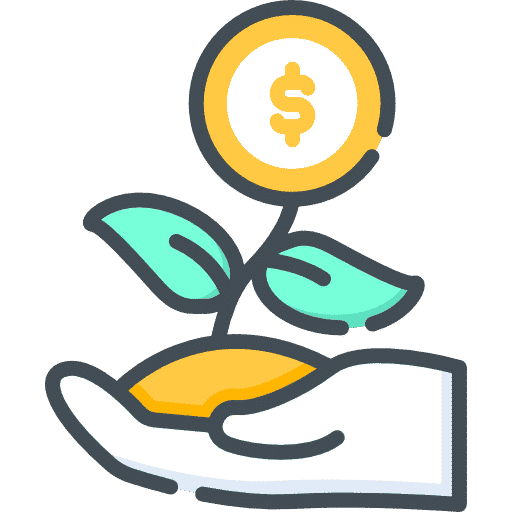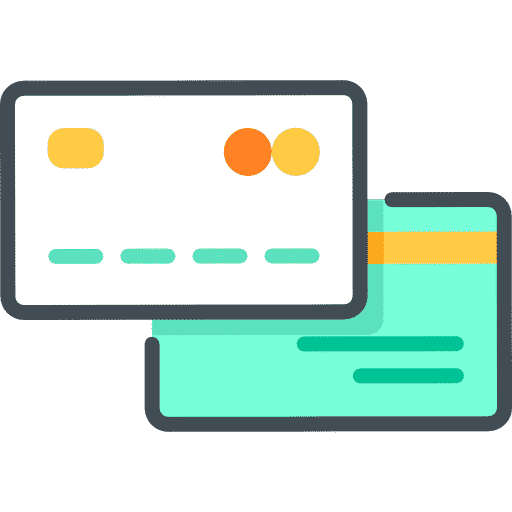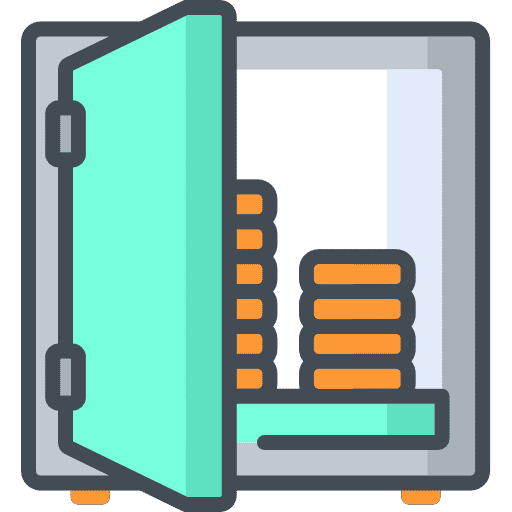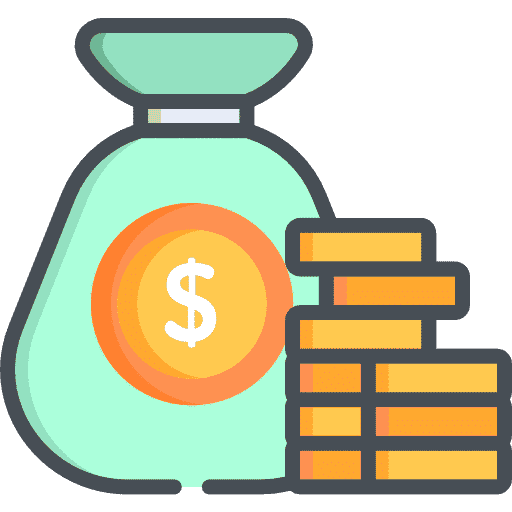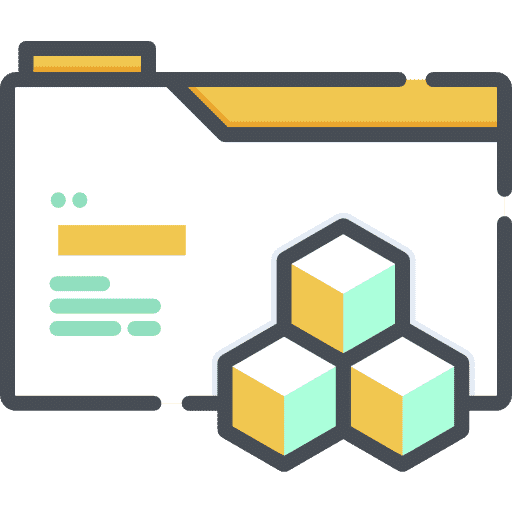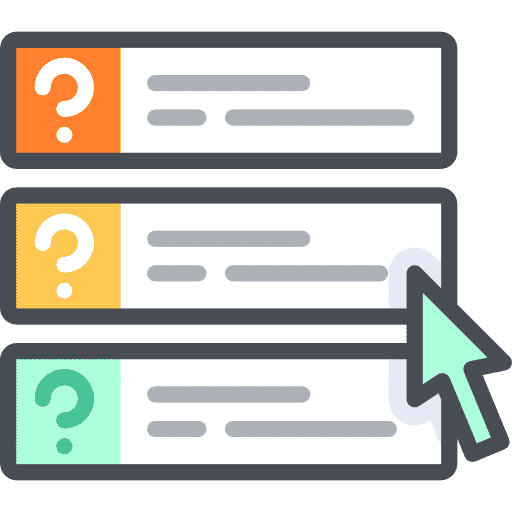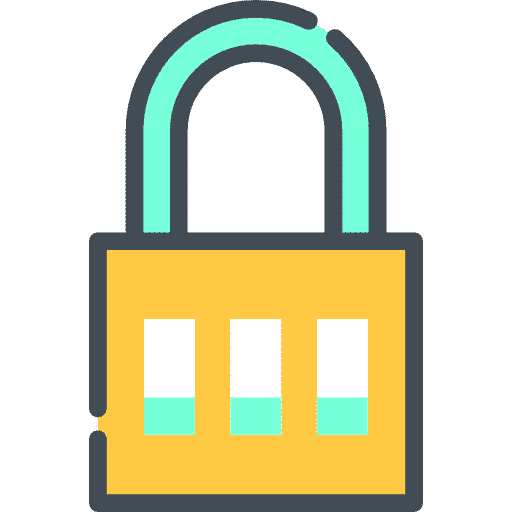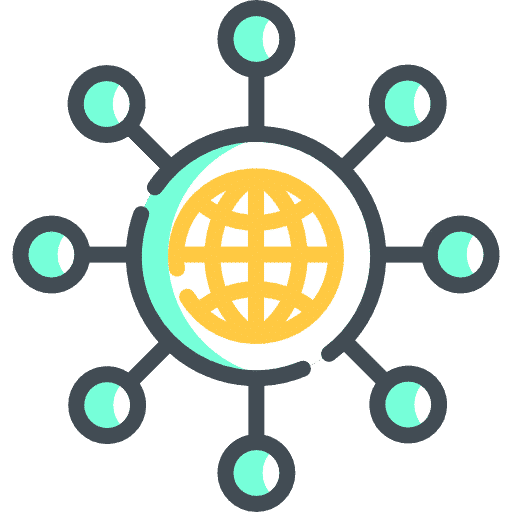The Fresh Protocol is a multi-layered ecosystem designed to accelerate the ownership economy and simultaneously build a global inclusive credit and lending system allowing users to claim, own, manage, tokenize, and monetize their data utilizing blockchain technology.
Why use an NFT? – Control and Privacy
The FreshCredit® App is the network’s user interface allowing individuals and organizations to interact with and leverage their data using their BlockID® dNFT. By connecting to the network, users gain instant access to a cryptocurrency wallet, allowing them to leverage the FreshCredit® DAO to control and monetize their most valuable asset, data. When users generate a new cryptocurrency wallet, they create a non-transferable unique dNFT (data-based NFT) called a BlockID® dNFT. Using the BlockID® dNFT, the user decides which permission-based data the network can use to improve the scoring algorithms. As data is continually added to the network, the individual generates more tokens that serve as receipts for the provided data.
- BigData vs. BigOil – The Economist*
- The Data Revolution – Stanford, NBER*
- NFT Projected Growth 185% $485B by 2026, CAGR*
Why use a blockchain? – Fair and Inclusive
The network serves as the value-generating layer of the decentralized interoperable ecosystem. The network collects and organizes the user data improving the overall accuracy and efficiency of the globally standardized credit scoring algorithms. Every user can individually manage and control the information they share with the network. This data is made freely available through a public API for any organization to request access for research, production, overall public benefit, Etc. The network is managed through transparent on-chain governance and the FreshCredit® Network. This allows the network to expand its alternative data sets, increasing the inclusiveness of the credit and lending industry globally.
- Compatible – Consumers – Secure Network
- Blockchain Projected Growth $2.2T by 2026, CAGR*
- Composable – Developers – Modular Framework
- Poll Rust Most Loved language – Stackoverflow*
- Websassembly compiler able to be any language vs. solidity community
- Compliant – Enterprise – Scalable Infrastructure
- Data Is An Asset – IFRS and OECD Standard*
- Rust is the safest and fastest programming language, *
Why use a DAO? – Access to Value
The BlockIQ® protocol algorithmically controls the FreshCredit® DAO, allowing users to borrow and loan “stake” the tokens they generate after syncing their data with the network. Users can borrow from the network by staking their BlockID® dNFT to the FreshCredit® DAO liquidity pool, which will leverage the value of the tokens attached to the users BlockID® dNFT. Create a custom contract insuring the loan with the user’s future token earnings as they build up more data if they should ever lapse, removing the risk of loan defaults given enough time. If users want to earn interest on their tokens, they would also stake their BlockID® dNFT to the FreshCredit® DAO.
- Give $1 to a Poor vs. Rich effect on GDP – Institute for Policy Studies, New York Comptroller*
- Macroeconomic Effects of UBI $1000 13% GDP Increase – Roosevelt Institute*
- DeFi projects grew 385%, according to DeFi Pulse*
The token serves as the network settlement currency for value flowing in and out of the ecosystem. The token provides the function of identification, security, fractionalization of the entire network value, and remittance for data assets. Once the network validators verify the data, tokens are distributed to the user’s BlockID® dNFT wallet, and validators are rewarded in tokens.
The Fresh Protocol currently has an intellectual patent utilizing parachain technology (interoperable blockchain connecting all other blockchains) to deploy credit scoring algorithms, including real-world assets digital assets on and off-chain when used to adjust the algorithmic risk management protocols regarding financial lending. (e.g., cryptocurrencies, NFTs, Metaverse assets, IoT devices) will usher in the ownership economy by enabling users to secure, tokenize, and monetize their data while simultaneously building a decentralized, transparent, inclusive credit scoring and lending ecosystem.
As the digital era has paved the way for the most valuable asset, data, and as such, users will increasingly seek a way to retain, protect, and monetize their data. As users develop a sense of ownership, the demand for a fair and transparent system to fulfill these demands becomes ever more apparent. Blockchain technology is the answer to this demand but, in its current state, falls short on four critical aspects delaying mass adoption.
- Credit is Trust – FED, UCLA, Brookings Institution *


